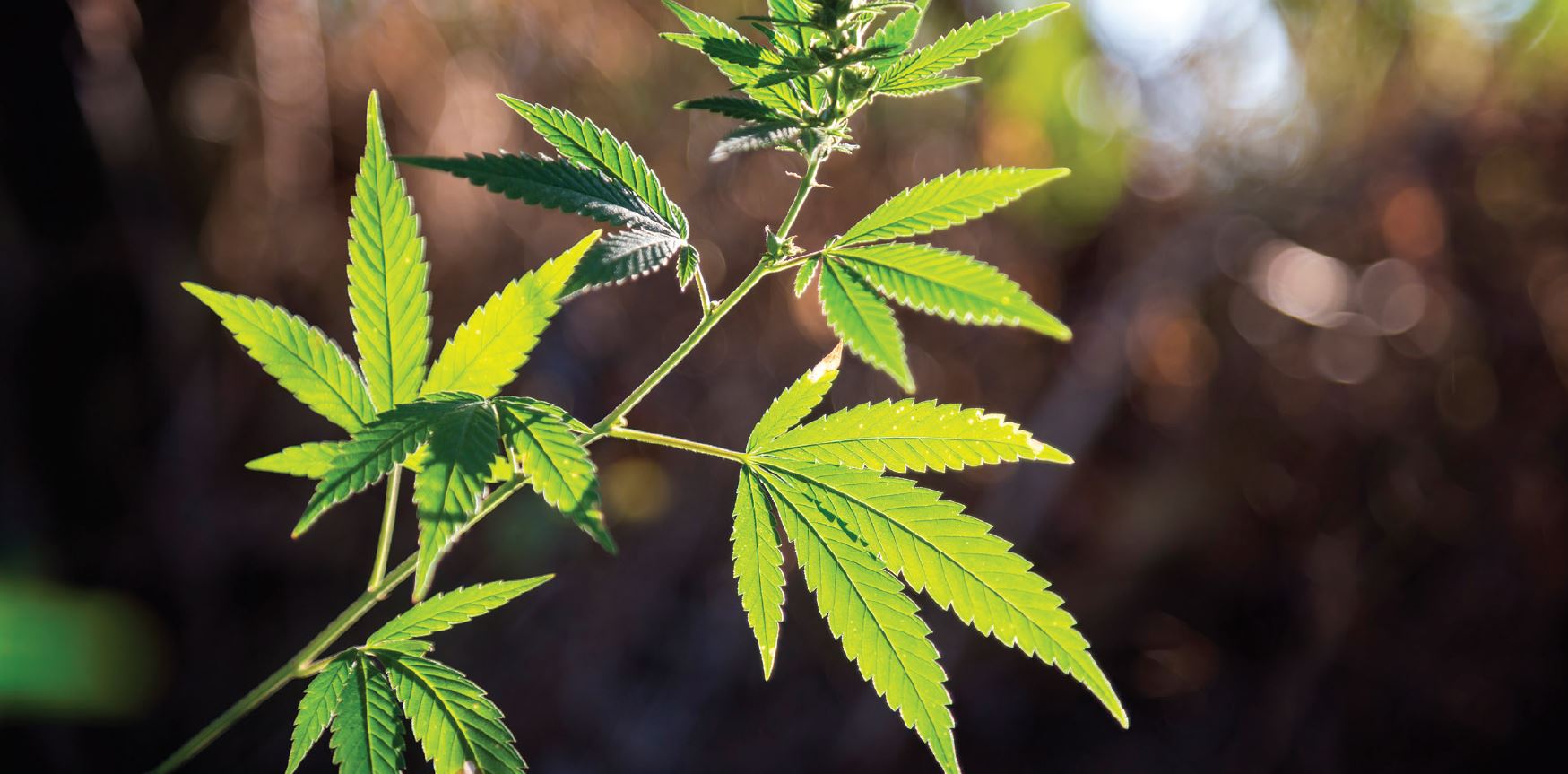
Post October 17: How pharmacists can counsel patients about the various forms of cannabis.
By Shelina Rayani RPh, CSPI, BC Drug and Poison Information Centre
Reviewed by C. Laird Birmingham, MD, MHSc, FRCPC and Hanif Rayani, RPh
Following the legalization of recreational cannabis on Oct. 17, pharmacists will play an active role in counselling patients on appropriate use, drug interactions, management of side effects, potential addictive behaviours and contraindications. This article provides an overview of medicinal versus recreational cannabis, drug interactions and factors to consider when evaluating patients.
Marijuana is the common name for cannabis. Marijuana is derived from the flowering buds of various female cannabis species. Over one hundred unique compounds known as phytocannabinoids have been isolated from cannabis. Two of these compounds have been most studied. These are Delta-9-tetrahydrocannabinol (THC) and Cannabidiol (CBD).
THC may have some beneficial effects as an analgesic, antiemetic, appetite stimulant and muscle relaxant, but it is also responsible for the euphoria as well as most of the adverse effects associated with cannabis. CBD has antipsychotic, anxiolytic, antiepileptic and anti-inflammatory effects. The ratio of THC to CBD in each strain of cannabis is responsible for its therapeutic and adverse effects. Cannabis strains used recreationally for a euphoric effect contain higher levels of THC, whereas, medicinal cannabis strains have a higher CBD to THC ratio.
There are three major species of the cannabis plant, as well as hybrids of these and other species. These are Cannabis sativa (highest THC level), Cannabis indica (greater CBD than THC) and Cannabis ruderalis (least psychogenic). Table 1 compares medicinal and recreational cannabis. Non-cannabinoid compounds found within the plant (e.g. flavonoids, terpenoids) may enhance the therapeutic effects and/or reduce the adverse effects of phytocannabinoids; this is known as the entourage effect.
Another variant of Cannabis sativa is Hemp. Hemp is a cultivated variety of cannabis with negligible amounts of THC (less than 0.3%) and higher levels of CBD. It has no euphoric properties. Fibre from hemp stalks can be used in making paper, textiles, rope or twine, and construction materials. Grain from hemp can be used in food products, cosmetics, plastics and fuel.
Pharmacists evaluating patients should consider the following:
- Indication i.e. medicinal versus recreational
- Cannabis strain and THC/CBD ratio
- Route of administration and dosage form
- Dosing (start low and go slow when titrating)
- Adverse effects (depending on route, ratio and dose)
- Drug interactions (See Table 2)
- Labeling e.g. label edibles (gummies, brownies, cookies) for safety. Pediatric ingestion can cause significant CNS depression, hypotonia and coma.
- Storage as per manufacturer insert. Keep out of reach of children.
- Contraindications: Pregnancy, breastfeeding, known sensitivity to cannabis.
- Avoid use in those under age 25, history of psychosis, cardiovascular disease, and/or respiratory disease.
- Tolerance with heavy or frequent use.
- Dependence i.e. withdrawal symptoms from abrupt cessation in chronic users may include anxiety, irritability, craving, dysphoria and insomnia. The dependence risk for cannabis users is 9%, and higher for those that begin use during adolescence.
- Addiction (Cannabis Use Disorder) is the continued use of cannabis despite harm or risky behaviour, cravings and/or impaired control over cannabis use. Especially common in those who start use as adolescents.
DISCLAIMER: This article is not a legal document and is not a comprehensive review of cannabis. It is recommended to access other available resources for more information. In addition, for the legal indications and limitations of cannabis use, pharmacists must refer to the most current and appropriate local, provincial and federal laws and guidelines.
